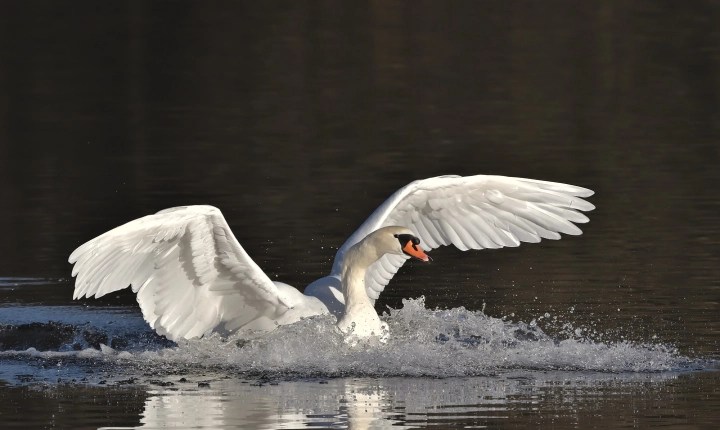Title: How to Generate AI Headshots: A Step-by-Step Guide
In recent years, the field of artificial intelligence has made significant advancements in generating realistic images, including AI headshots. These computer-generated portraits are created using complex algorithms and deep learning techniques to produce high-quality, lifelike images of human faces. Whether for use in video games, virtual reality, or digital avatars, generating AI headshots has become an essential tool for many industries.
In this article, we will explore the step-by-step process of generating AI headshots, the tools and techniques involved, and the potential applications of this technology.
Step 1: Data Collection
The first step in creating AI headshots is to gather a large dataset of human faces. This dataset serves as the foundation for training the AI model to generate realistic headshots. The dataset should include a diverse range of ages, ethnicities, and facial expressions to ensure that the AI model can produce a wide variety of headshots.
Step 2: Training the AI Model
Once the dataset is collected, the AI model is trained using deep learning techniques. This involves feeding the dataset into the AI model and allowing it to learn the patterns, features, and nuances of human faces. Through a process known as neural network training, the AI model learns to generate new headshots based on the patterns it has discerned from the dataset.
Step 3: Fine-Tuning and Improvement
After the initial training, the AI model may require fine-tuning to improve the quality of the generated headshots. This may involve adjusting parameters, optimizing algorithms, and implementing additional layers of neural networks to enhance the realism and diversity of the generated images.
Step 4: Generating AI Headshots
With a well-trained and fine-tuned AI model, the process of generating AI headshots becomes a matter of inputting random values or seed images into the model and allowing it to create new, unique headshots. The AI model generates these headshots by combining and synthesizing elements from the original dataset in novel ways, resulting in realistic-looking portraits that are entirely generated by the AI.
Applications of AI Headshots
The ability to generate AI headshots has numerous practical applications across various industries. For example, in the gaming industry, AI headshots can be used to create lifelike characters and avatars, enhancing the immersive experience for players. In virtual reality, AI headshots can be utilized to create realistic-looking virtual environments and characters. Additionally, in the world of digital marketing and e-commerce, AI headshots can be used to generate personalized avatars for customers, enhancing user engagement and personalization.
In conclusion, the ability to generate AI headshots is a fascinating and powerful application of artificial intelligence. By leveraging vast datasets and complex neural network models, AI can produce high-quality, realistic headshots that have a wide range of practical applications. As this technology continues to advance, we can expect to see even more lifelike and diverse AI headshots, further blurring the line between real and artificial images.
